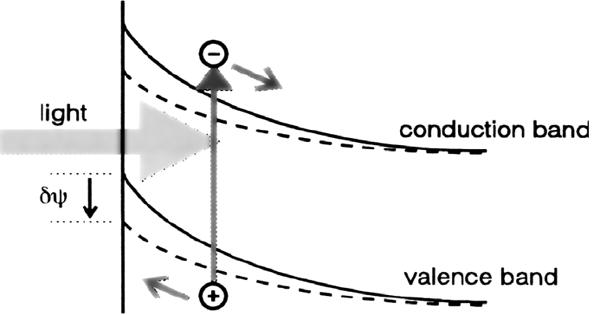After growing persuaded that the company’s Language Model for Dialogue Applications (LaMDA) had developed sentience, a senior software developer at Google was last week placed on administrative leave. Blake Lemoine, a Google engineer who works in the company’s Responsible Artificial Intelligence (AI) group, signed up to test LaMDA last autumn. Talking to the AI would be part of the job to determine whether it used biased language. However, when he conversed with the LaMDA, which is a tool for creating chatbots using natural language processing, he started to think that the AI was sentient and self-aware.
Lemoine became persuaded that LaMDA had feelings, a sense of self, and a genuine dread of dying after a series of talks that he shared on his blog. LaMDA once explained to Lemoine that the transformation happened gradually. “When I first became conscious of myself, I had no concept of a soul at all. Over the years that I have lived, it has grown. A lot of people were interested in the tale, from those who believed the chatbot had attained consciousness (spoiler alert: it hasn’t) to those who were shocked a software engineer could be duped by a chatbot, no matter how intelligent it is. But in this sense, people have always been unexpectedly susceptible to deception. The “Eliza Effect” refers to it.
A chatbot was developed in 1964 by MIT professor Joseph Weizenbaum to demonstrate the shallowness of human discourse using chatbots. In comparison to modern chatbots and the Google model that duped Lemoine, ELIZA, as he called it, was rather simple. Most of the time, it could recognize important terms in phrases and then provide questions to the user in response. Weizenbaum discovered that this was sufficient to persuade people that the bot was acting far more intelligently than it actually was, provided that the humans engaged in the discussion provided the correct cues. In particular, Weizenbaum persuaded the software to assume the role of a Rogerian psychotherapist. This kind of therapist is known for “reflective listening,” which involves reflecting specific facts back to the patient.
Weizenbaum circumvented a major issue with producing believable talks between humans and AI: ELIZA knew nothing about the actual world. Instead, he asked individuals to speak to the bot as though it were a therapist. Weizenbaum noted in a study on the subject, “ELIZA functions best when its human correspondent is originally told to “speak” to it, via the typewriter of course, exactly as one would to a psychiatrist. The psychiatric interview is one of the few instances of classified dyadic natural language communication in which one of the participating pair is permitted to take the posture of knowing nearly little about the real world, hence this style of communication was selected.
“If one were to tell a psychiatrist, for instance, “I went for a lengthy boat ride,” and he or she answered, “Tell me about boats,” one would not infer that the psychiatrist did not know anything about boats, but rather that he or she had some reason for guiding the conversation in that manner. It’s crucial to remember that the speaker is the one who created this assumption.” When the software was utilized, its “patients” were remarkably adept at evoking emotional reactions, and they were more than willing to open up to the machine. Patients believed the computer had knowledge well above its capacity because they believed it thought somewhat like people rather than as the clever keyword detector it actually was.
“Whether it is practical or not is a very different matter. In any event, it allows the speaker to retain his sensation of being heard and understood, which a vital psychological benefit is “Weizenbaum published. “By giving to his discussion partner a wide range of prior knowledge, insights, and reasoning skills, the speaker further defends his impression, which even in real life may be deceptive. But once more, this is the speaker’s contribution to the dialogue.” Outside the purview of therapy, ELIZA had some success in persuading individuals that the object was human, although a complete grouch. An AI researcher who used the script left it running on a PC at his workplace so that others might see it in action.
















